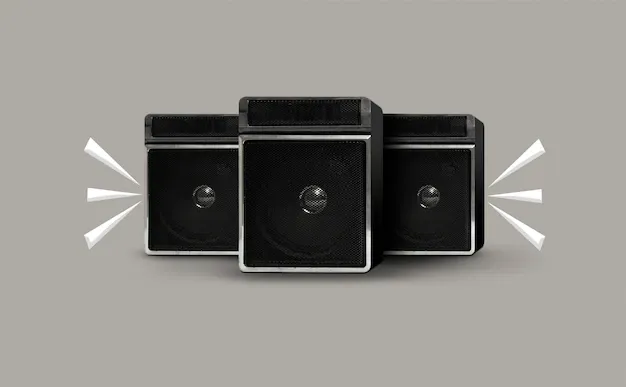
Send Inquiry
How Do You Determine the Class of a Power Amplifier?
Do you ever find yourself lost in the jargon of power amplifiers, unsure about which class suits your needs? No worries, friend! Today, we'll unravel the mystery and explore some straightforward ways to determine the class of your power amplifier.
What is Power Amplifier Class?
Before diving into the nitty-gritty details, let's quickly go over the basics. The class of a power amplifier refers to its design and how it handles input signals. There are different classes, each with its unique characteristics affecting performance.
Ways to Determine the Class of a Power Ampilfier
1. Look at the Spec Sheet
One of the easiest ways to determine your amplifier's class is by checking the spec sheet. Yeah, I know, it might seem a bit technical, but bear with me. Manufacturers often provide this document with your amplifier, and it contains vital information. Look for terms like Class A, Class B, Class AB, or Class D. There you have it – your amplifier's class in black and white!
2. Check the Design
If you don't have a spec sheet handy, don't panic. Another simple method is examining the design of your amplifier. Class A amplifiers, for instance, are known for their simple, single-ended designs. On the flip side, Class AB amplifiers combine features of both Class A and Class B, offering a balance between efficiency and performance.
3. Listen to the Fan
Believe it or not, your power amplifier might be dropping hints about its class through the sound of its fan. Class A amplifiers generally operate with a continuous current, so they tend to generate more heat. If your amplifier has an active cooling system, chances are it's working hard in the Class A realm.
4. Feel the Heat
Speaking of heat, literally feel it! Class A amplifiers, as mentioned, generate more heat because they're always on, making them easy to identify by touch. On the other hand, Class D amplifiers are more energy-efficient, producing less heat. So, if your amp feels like a warm hug, it might just be a Class A, spreading musical warmth!
5. Check the Efficiency Rating
If you're still uncertain, efficiency can be a dead giveaway. Class A amplifiers are the least efficient, while Class D amplifiers boast higher efficiency. Look for the efficiency rating on the spec sheet or online product description – it's a straightforward indicator of your amplifier's class.
Conclusion
In the vast world of audio equipment, understanding your power amplifier's class doesn't have to be rocket science. By examining the spec sheet, considering the design, listening to the fan, feeling the heat, and checking the efficiency rating, you can confidently determine your amplifier's class. Armed with this knowledge, you're better equipped to make informed decisions about your audio setup.

